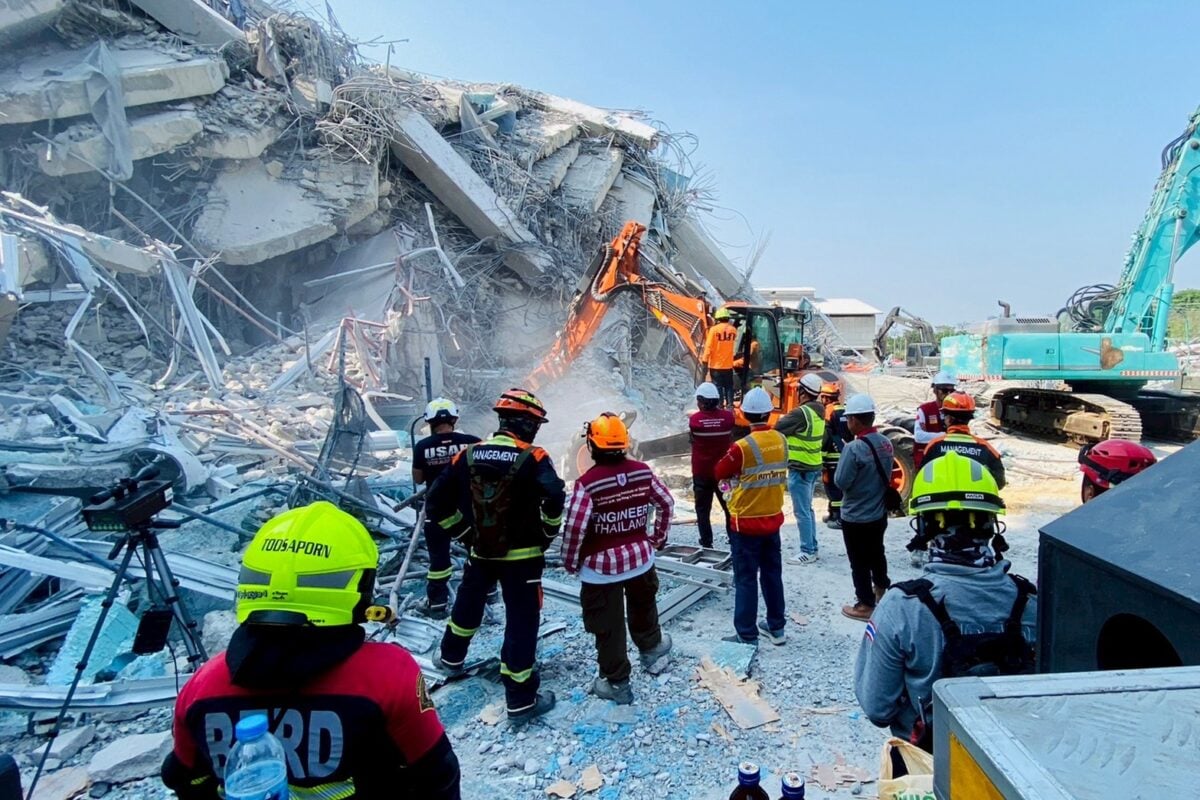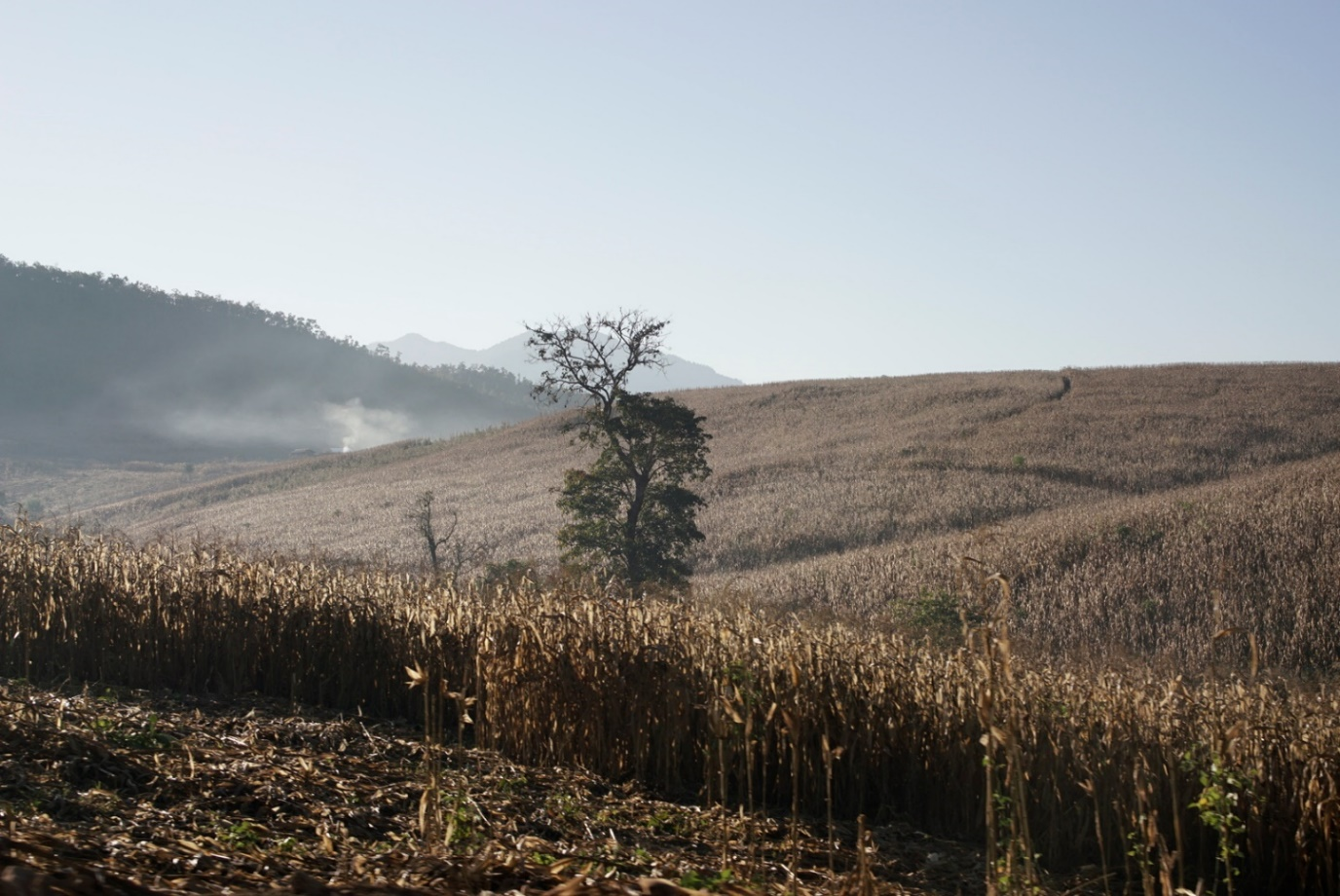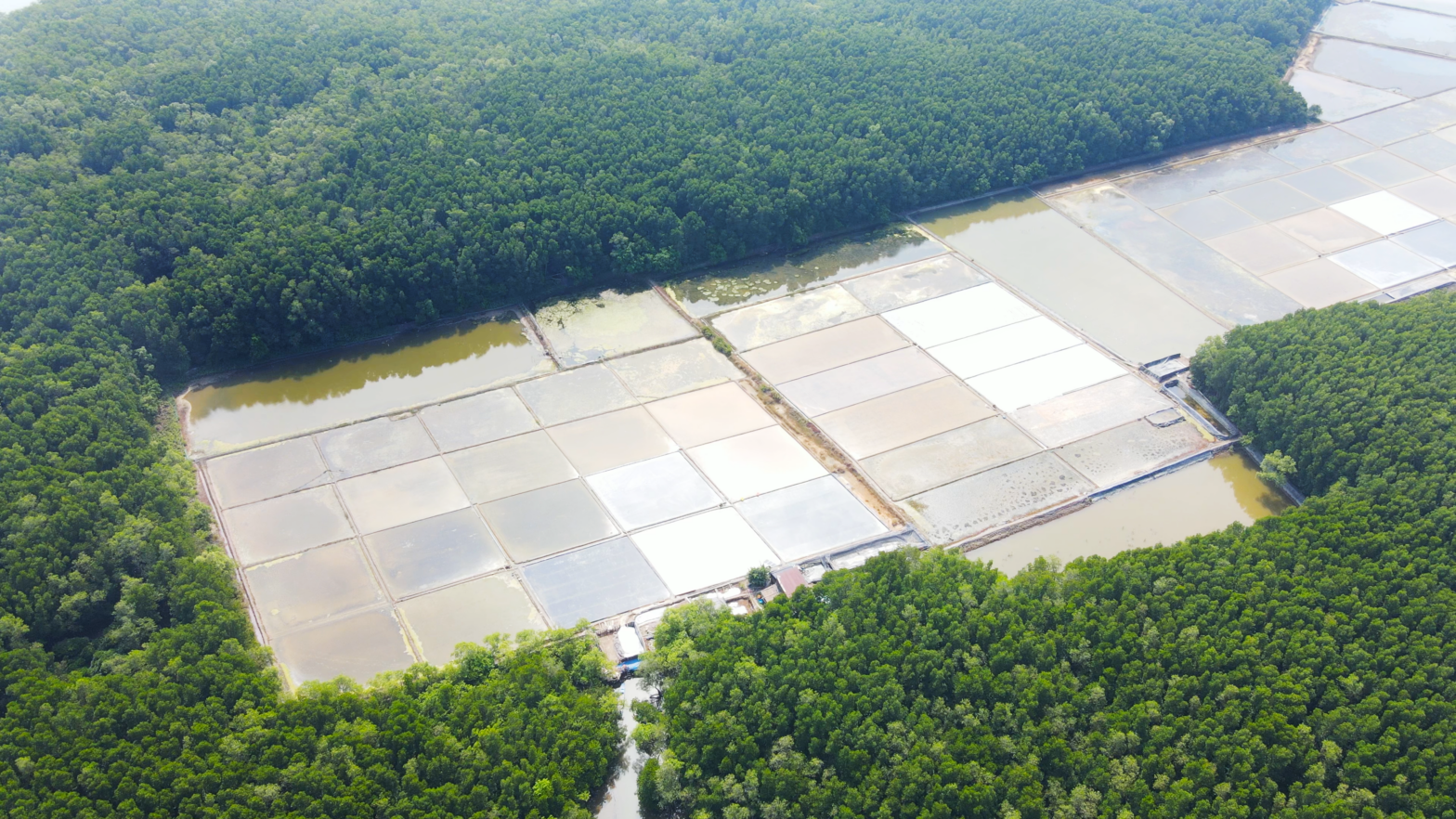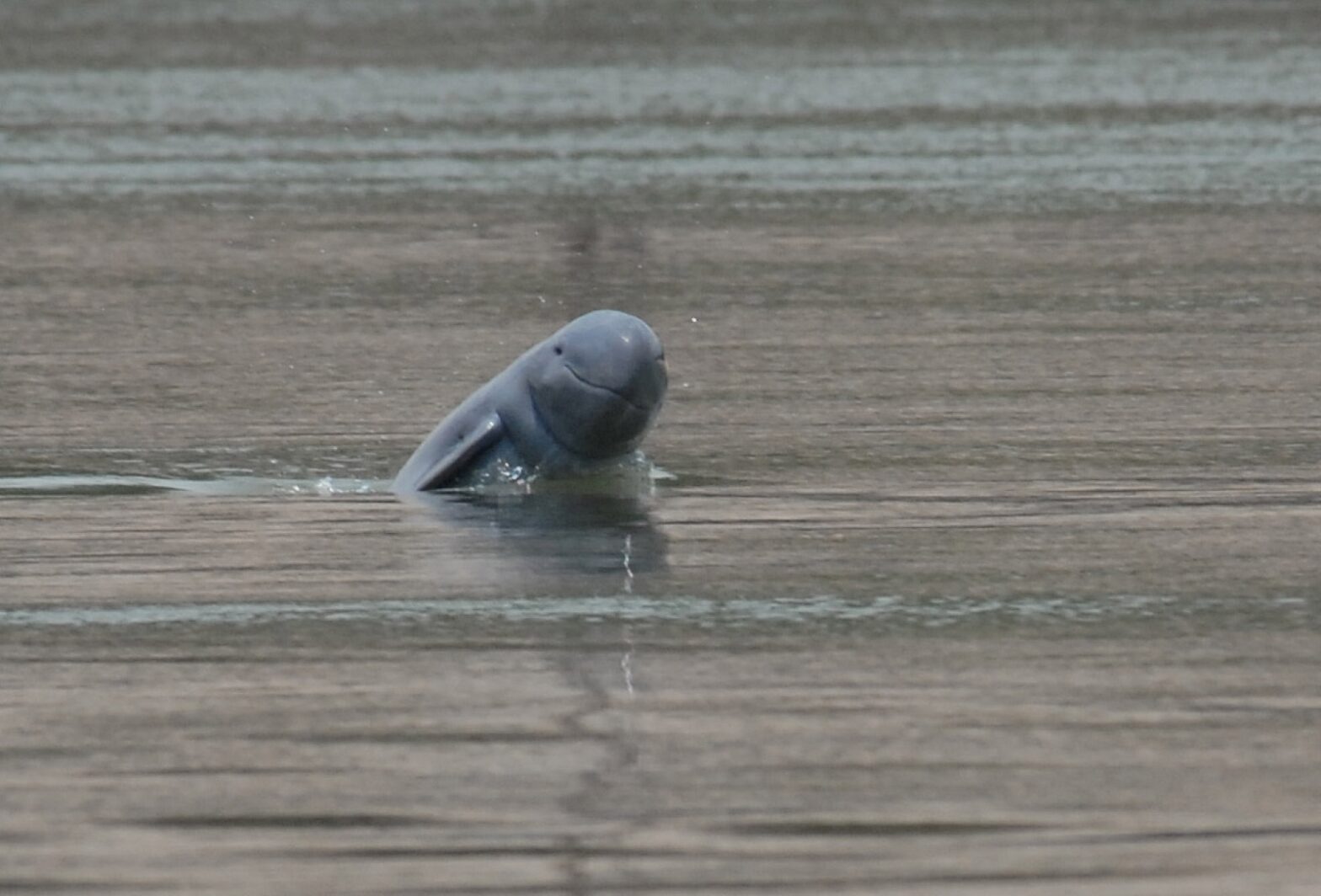On March 28, 2025, a 7.7-magnitude earthquake struck Myanmar near Mandalay, exposing more than 37.2 million people to violent shaking and resulting in more than 3,000 deaths, some 3,900 injuries and more than 300 missing (as of April 1, 2025).
Its shockwaves reverberated far beyond Myanmar’s borders, extending more than 1,000 kilometers to Bangkok.
This disaster revealed a stark truth: seismic risks transcend visible fault lines. We must confront three key concerns: the transboundary nature of seismic hazards, the limits of early warning systems and the urgent need for resilient infrastructure.
Why was the Mandalay earthquake felt in Bangkok?
This earthquake along the Sagaing fault exemplifies the concept of transboundary seismic risk, where geological teleconnections amplify distant events. Bangkok sits atop a deep basin of soft marine clay.
Unlike hard rock, which dampens vibrations, soft soil acts like a natural amplifier for seismic waves, making even far-off earthquakes feel intense.
This phenomenon isn’t unique to Bangkok. Cities like Mexico City, built on ancient lakebeds, and Jakarta, with its alluvial plains, share similar vulnerabilities.
Other large Asian cities such as Dhaka, New Delhi, Kuala Lumpur, Kolkata and Singapore are also within reach of active faults with potential to generate quakes large enough to produce amplified transboundary ground motions.
Globally, earthquakes rank among the deadliest hazards, claiming more than 727,000 lives in Asia and the Pacific between 1970 and 2024 – equivalent to one life lost every 39 minutes (EM-DAT). As cities expand, often haphazardly, exposure to such risks only grows.
Why was there no earthquake early warning?
Unlike floods or cyclones, earthquakes strike without warning due to their sudden, unpredictable nature. Current science cannot forecast when or where they’ll occur, leaving us reliant on real-time detection systems.
Cutting-edge Earthquake Early Warning Systems (EEWS) provide alerts just seconds before shaking begins. Since structural collapses cause 70% to 90% of earthquake deaths, even a brief alert can mean the difference between life and death.
Within a complex tectonic landscape such as Myanmar’s, a dense network of appropriately located ground observation stations is critical. The transboundary nature of this risk highlights the need for global cooperation.
Seismic data needs to flow freely across borders, in commonly shared formats that are actionable.
In 2009, ESCAP, through the Trust Fund for Tsunami, Disaster and Climate Preparedness, invested in the Sittwe Ground station as the first step to make visible the unobserved fault lines across Myanmar (See projects TTF-02, TTF07 and TTF-23).
The national seismic observation network has since been densified with the support of neighboring countries, integrated into international data platforms, and are operationalized by the Regional Integrated Multi-Hazard Early Warning System (RIMES).
The effectiveness of an EEWS also relies on the ability to communicate and act on the alerts. Advances like cell broadcasting, which Thailand committed to implement in 2025, make such systems feasible when coupled with inclusive community preparedness awareness initiatives.
Continuing to densify observation networks, maintain communications infrastructure and build public awareness requires national and regional investment.
In addition to providing catalytic funding for regional early warning gaps, the Economic and Social Commission of Asia and the Pacific offers an intergovernmental platform to advance efforts to address transboundary resilience to earthquakes, areas where national resource disparities hinder progress.
Can we rely on our public infrastructure?
This earthquake exposed a troubling truth: the vulnerability of our public infrastructure. According to GIRI, the average annual loss by earthquake in Myanmar and Thailand is US$179 million and $137 million, respectively, and as critical infrastructure such as universities, hospitals, religious buildings and historic sites collapsed, socio-economic loss could eventually defy calculation.
Public infrastructure is a public good; protecting the vulnerable – children, the elderly and disabled – and fueling post-disaster recovery.
Japan’s adherence to rigorous codes and retrofitting programs sets forth best practice. Notwithstanding the constraints faced by lower income countries, there is a need for a reprioritization of investments in designing and retrofitting hospitals to withstand earthquakes, schools to shelter students and bridges to keep supply lines open.
This isn’t optional – it’s a social and economic imperative.
Moving forward: A call to action
The March 2025 earthquake demands our concerted action: to strengthen global seismic data sharing, fund warning systems, educate communities inclusively and (re)build more resilient cities.





